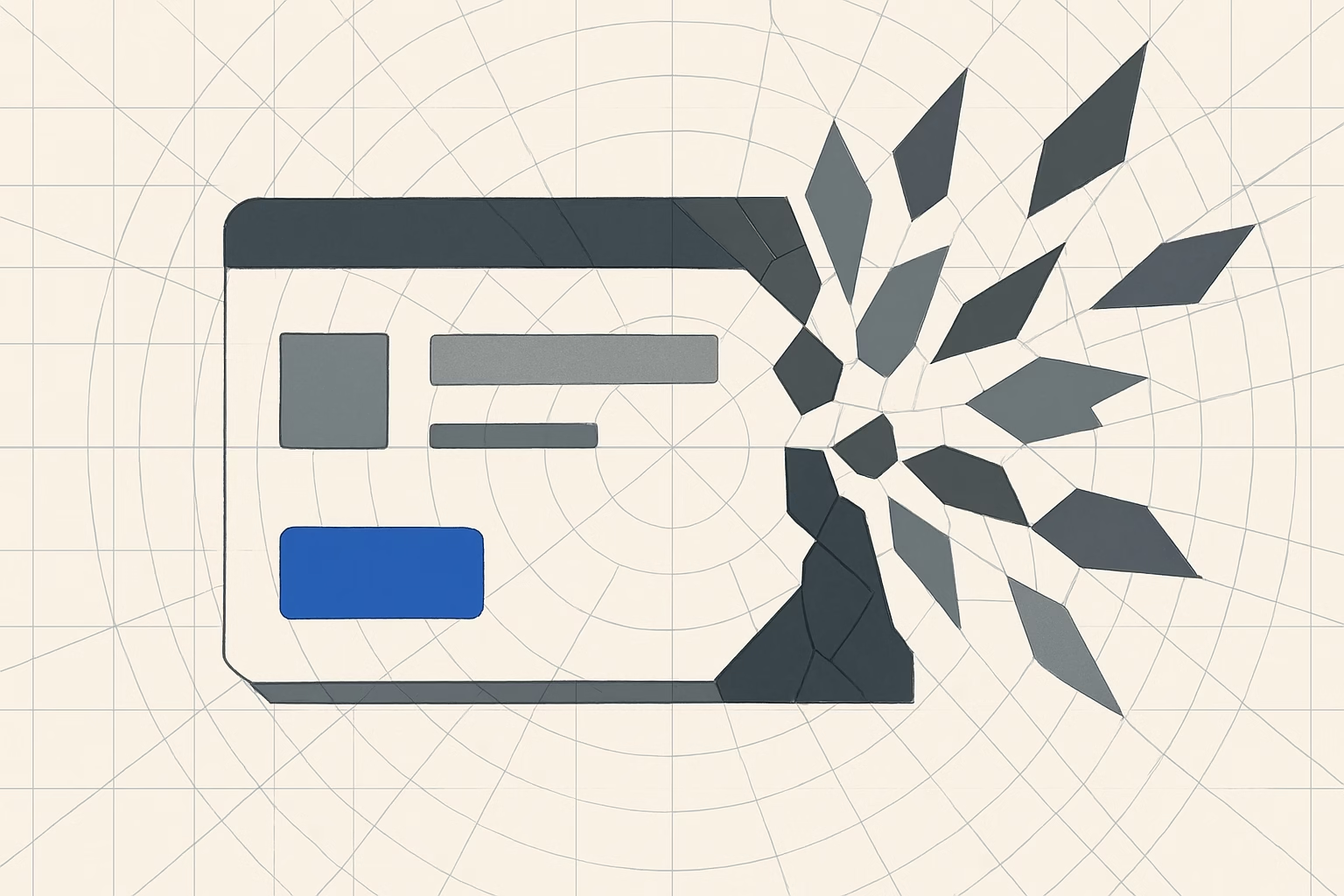Apple has once again shaken up the design world with its latest UI experiment, Liquid Glass. While the shimmering, translucent aesthetic may seem like a sleek modernization, it comes with a range of usability concerns that could set a troubling precedent for the future of UX. The revival of skeuomorphic elements attempts to blend nostalgia with innovation, but at what cost? Designers and users alike are finding themselves frustrated by readability issues, distracting animations, and accessibility oversights that undermine the core principles of intuitive interaction.
In this critical UX analysis, we dissect Liquid Glass, exploring how its design choices create friction rather than fluidity. From text that fades into oblivion to interface elements that feel more ornamental than functional, this update poses significant challenges that Apple needs to address before it reshapes industry standards. As digital design continues to evolve, one question remains: is Liquid Glass a glimpse into the future, or a cautionary misstep that prioritizes aesthetics over usability?


